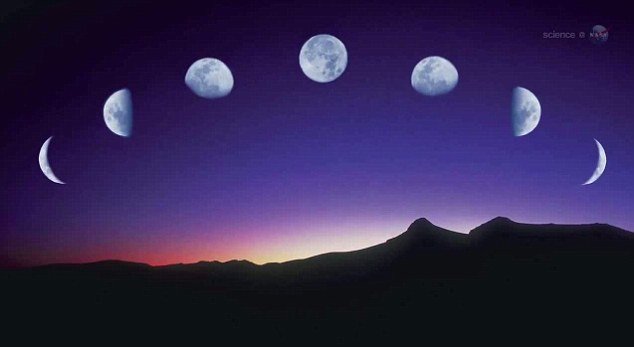
Supermoon – the nickname for a perigee full moon, closer to the Earth than usual – could cause tides to rise around the world as the moon’s close “fly past” exerts 42% more tidal force.
The moon will appear bigger and brighter tonight – sky-watchers promise this supermoon will be 16% brighter than most when it begins today at 3:35 p.m. GMT, 11:35 a.m. EDT.
At 11:34 p.m., the moon will be about 221,802 miles from Earth – about 15,300 miles closer than average.
Full Moons vary in size because of the oval shape of the Moon’s orbit. It is an ellipse with one side (perigee) about 50,000 km closer to Earth than the other (apogee).
Nearby perigee moons are about 14% bigger and 30% brighter than lesser moons that occur on the apogee side of the Moon’s orbit.

A perigee full Moon brings with it extra-high “perigean tides”, but this is nothing to worry about, according to America’s NOAA space-weather predicting agency.
In most places, lunar gravity at perigee pulls tide waters only a few centimeters (an inch or so) higher than usual.
“To view this weekend’s supermoon to best effect, look for it just after it rises or before it sets, when it is close to the horizon. There, you can catch a view of the moon behind buildings or trees, an effect which produces an optical illusion, making the moon seem even larger than it really is,” said Space.com, which reported the phenomenon.
Local geography can amplify the effect to about 15 cm (six inches) – not exactly a great flood.
The Moon looks extra-big when it is beaming through foreground objects – a.k.a. “the Moon illusion”.
Indeed, contrary to some reports circulating the Internet, perigee Moons do not trigger natural disasters. The “super moon” of March 1983, for instance, passed without incident. And an almost-super Moon in December 2008 also proved harmless.
The Moon is bigger than usual, but can we really tell the difference? It’s tricky. There are no rulers floating in the sky to measure lunar diameters. Hanging high overhead with no reference points to provide a sense of scale, one full Moon can seem much like any other.
The best time to look is when the Moon is near the horizon. That is when illusion mixes with reality to produce a truly stunning view.
For reasons not fully understood by astronomers or psychologists, low-hanging Moons look unnaturally large when they beam through trees, buildings and other foreground objects.